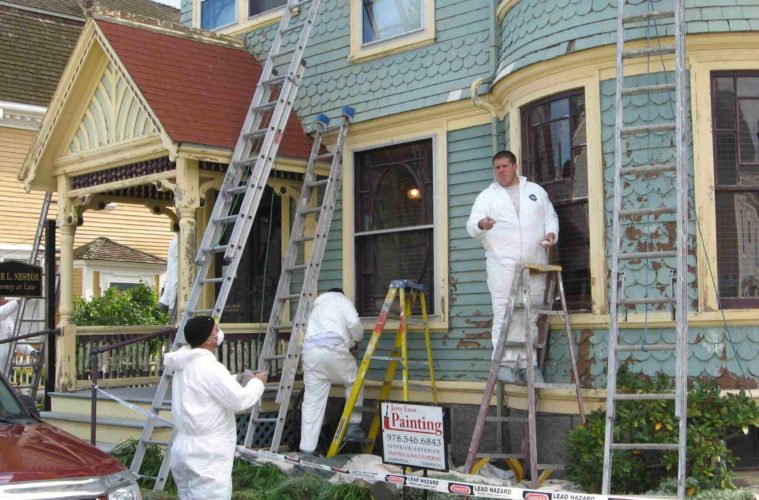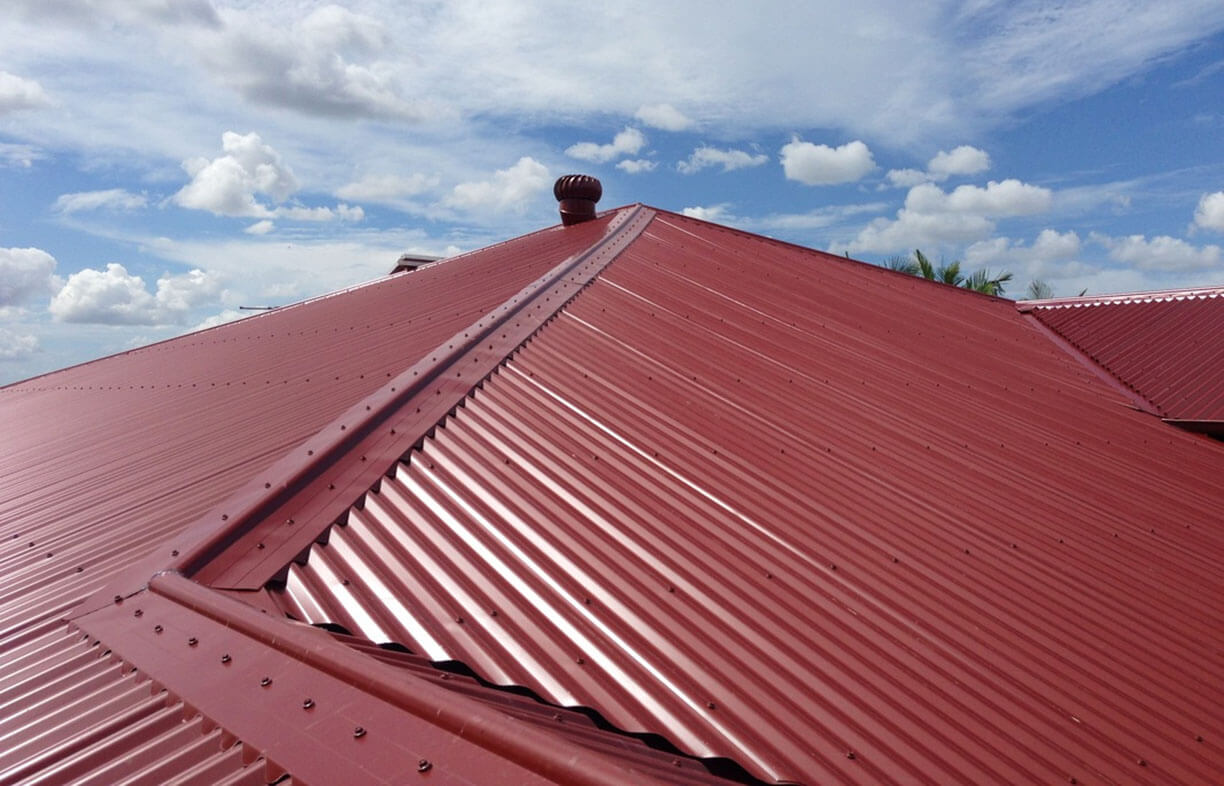Considering how important it is to the look and health of a home, it’s always a good idea to plan your next painting job carefully. Whether you’re a professional contractor or a do-it-yourselfer, you should know that there is a lot more that goes into a successful paint project than choosing the color and finish.
You have to have the right tools, first and foremost. You also need some understanding of how different formulations can be expected to behave in a room, as well as how the environment can affect the paint. Failing to think about any of these factors can lead to the project taking longer than you expected or, even worse, having to start over from scratch.
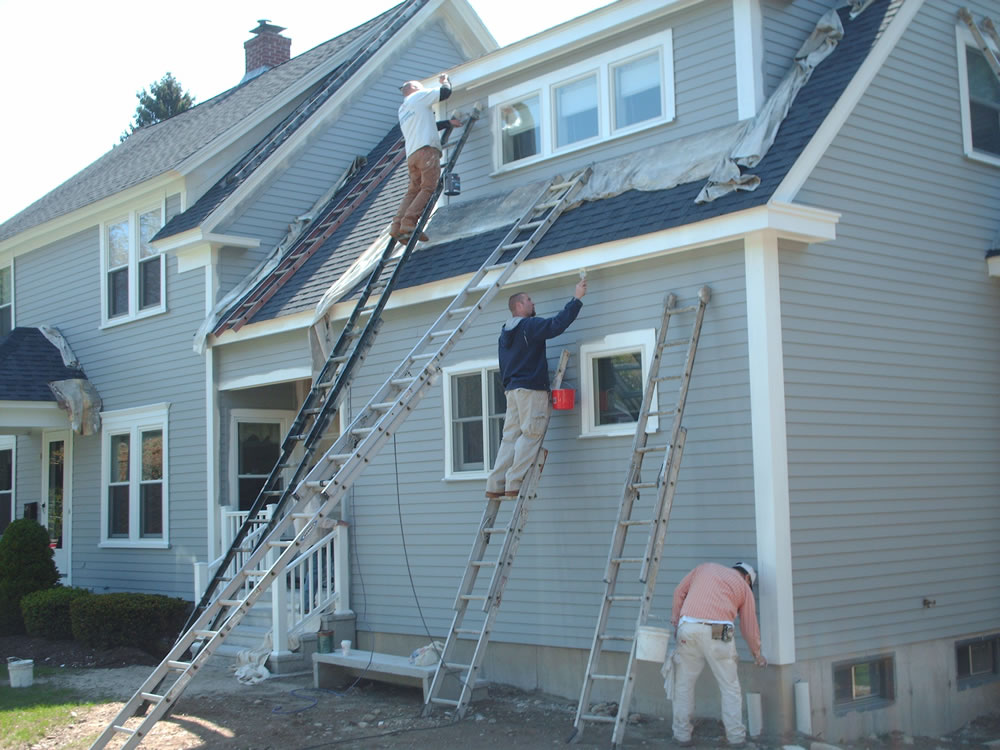
source: jerryenospainting.com
For example, one of the most crucial aspects to consider when painting a house is monitoring the temperature and humidity in the air. Even on a clear day, the qualities of the atmosphere may not be conducive to painting. If the conditions are wrong, it could impact the way the coatings dry and whether or not you get the look and protection you want. Here’s what you need to know about the temperature and humidity of the environment the next time you want to paint.
How Temperature Impacts Painting
Like most fluids, paint’s physical state is affected by how warm or cold the environment is. The moisture contained in the paint can change in an undesirable way depending on the weather. If it is too cold outside, for example, the paint can form small ice crystals. This can lead to wavy lines in the finished coating, and in some cases, sagging. If left too long in the cold, paint can freeze completely. Even if you keep it at the right temperature, walls that are too cold may not bond as well with it, causing uneven coverage.

source: venuseum.co
On the other hand, painting when it is too hot outside can also have unexpected consequences. This is because the extreme heat can evaporate moisture too quickly. When this happens, the top layer of the coating can form a skin before the layers underneath it are dry enough to support or adhere to it. The end result can be blisters, cracks and other unsightly imperfections.
To avoid these issues, it is always a good idea to think ahead. Check the weather report and look for a timeframe during which the temperature will remain at a consistent level for at least two to three hours after application. If you are using oil-based paints, it is recommended that you work only if it is 45 degrees Fahrenheit or higher. For latex or acrylic formulations, wait until it is at least 50 degrees Fahrenheit. However, it is also recommended to check the manufacturer’s recommendations on the label, as some paints are designed to work better at different temperatures.
What Excessive Humidity Can Do to Paint
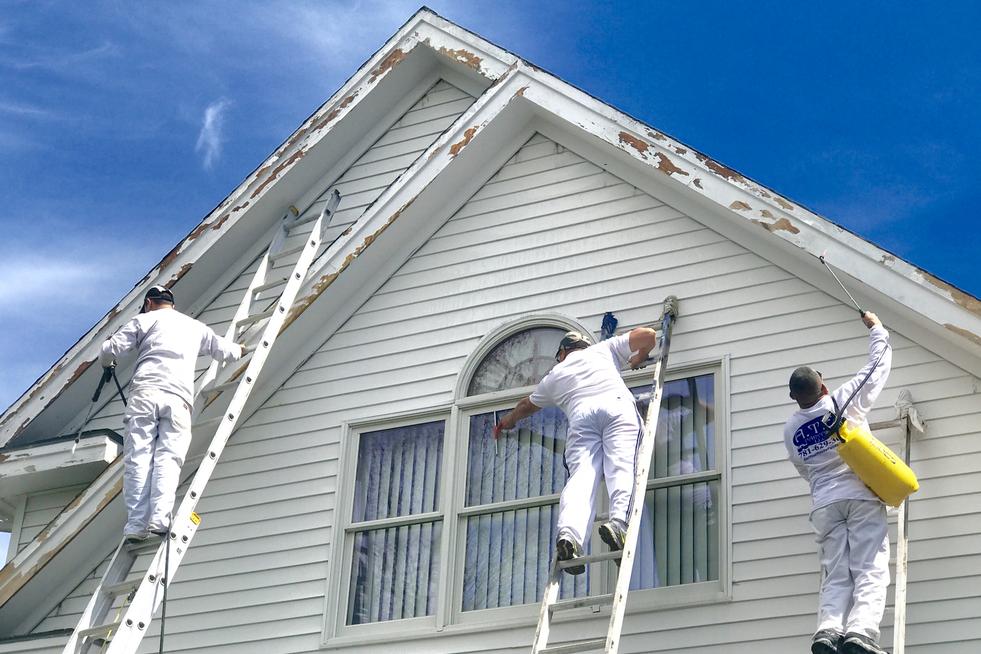
source: nebula.wsimg.com
Modern house paints are a sophisticated mix of ingredients purposely balanced to achieve the optimal results. Water is just one of these components, which means adding any amount of it can throw off the ratio and potentially create imperfections and problems with the final results. This is why you should take care if you plan to paint in a high-humidity environment.
The most obvious way that extreme humidity can affect your project is by increasing the drying time. Too much water in the air means it will be absorbed into the wet paint and keep it damp for longer. The slower the paint dries, the higher the risk of smears or other accidents.
However, there are some other effects that you want to avoid. If you’re covering wood, high humidity can hurt the adhesion, causing the paint to seep into it. This can lead to bubbles as well as peeling.
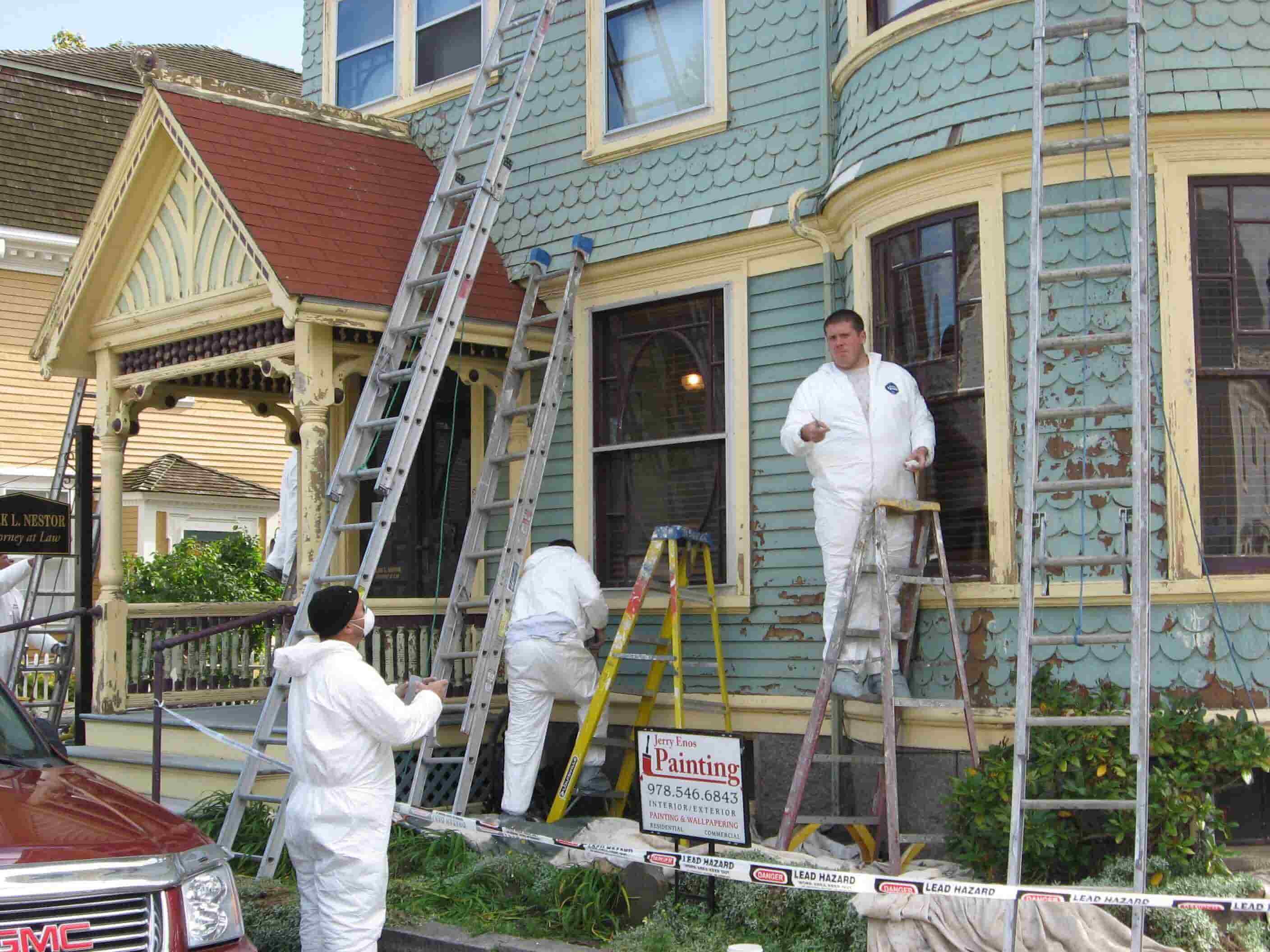
source: alasyaconstruction.com
Under certain circumstances, humidity can cause surfactant leaching. This results in a white or brown discoloration on the surface and can disrupt its appearance. If the level of humidity is high while temperatures are relatively low, condensation can form on the paint’s surface. This can have a negative impact on the protective qualities and the drying time.
Wait For Ideal Conditions
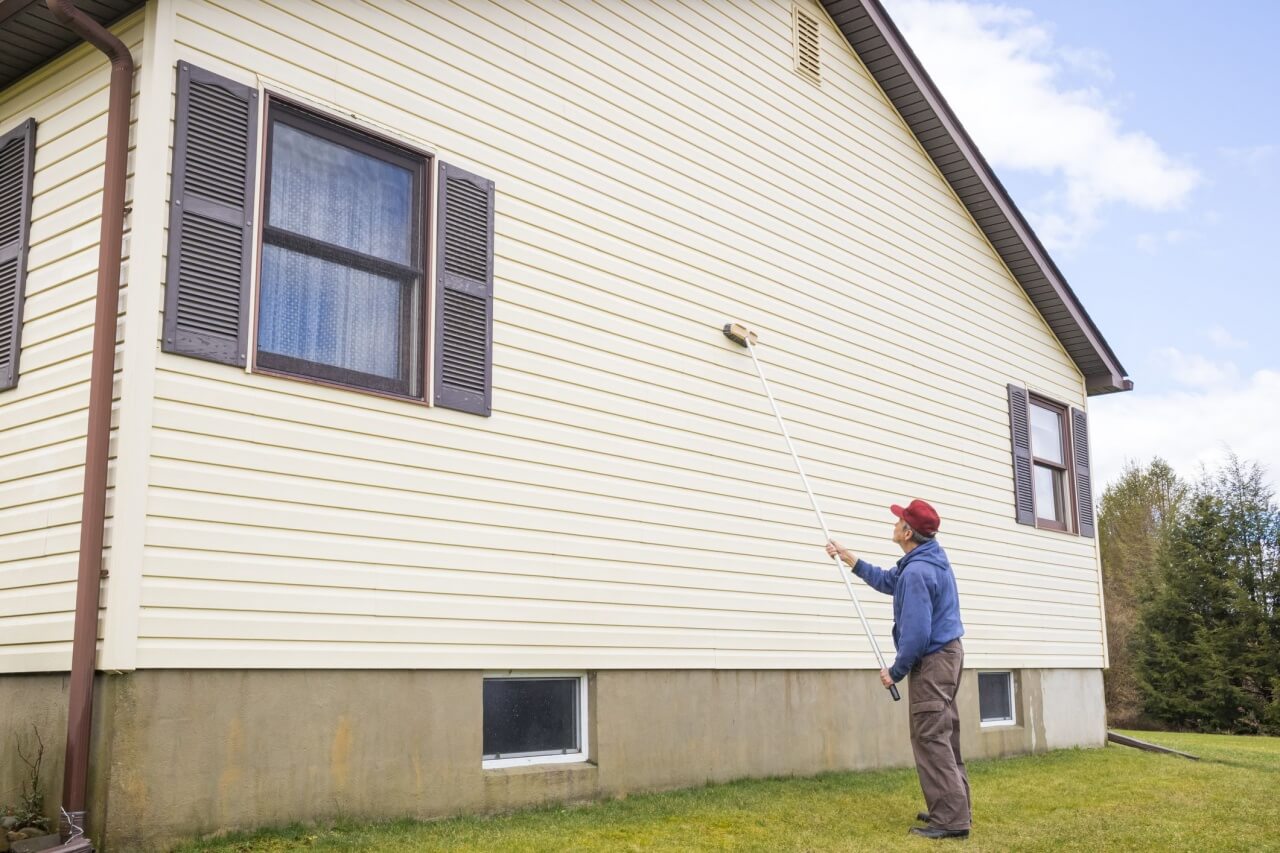
source: equalmarriagefl.com
Trying to rush through a painting project is one of the surest ways to make more work for yourself. That’s especially true if you don’t stop to consider how the weather conditions may be impacting the paint. For more information about these effects, take a look at the accompanying infographic. It contains reminders about how the forecast should influence your schedule. Don’t let Mother Nature put a damper on your plans — learn to work with her, instead.
Author bio: Steve A. Parker is Director of Communications at Raider Painting, a California-based commercial and industrial painting company. It is committed to providing solutions that enhance and prolong the life of your workspaces and equipment. Also, you can get more home paint ideas at thearchitecturedesigns.

